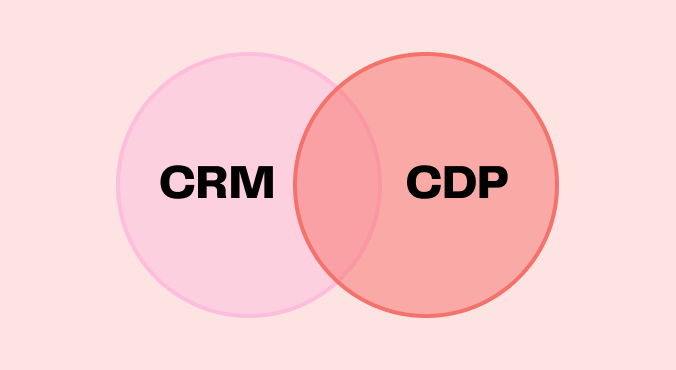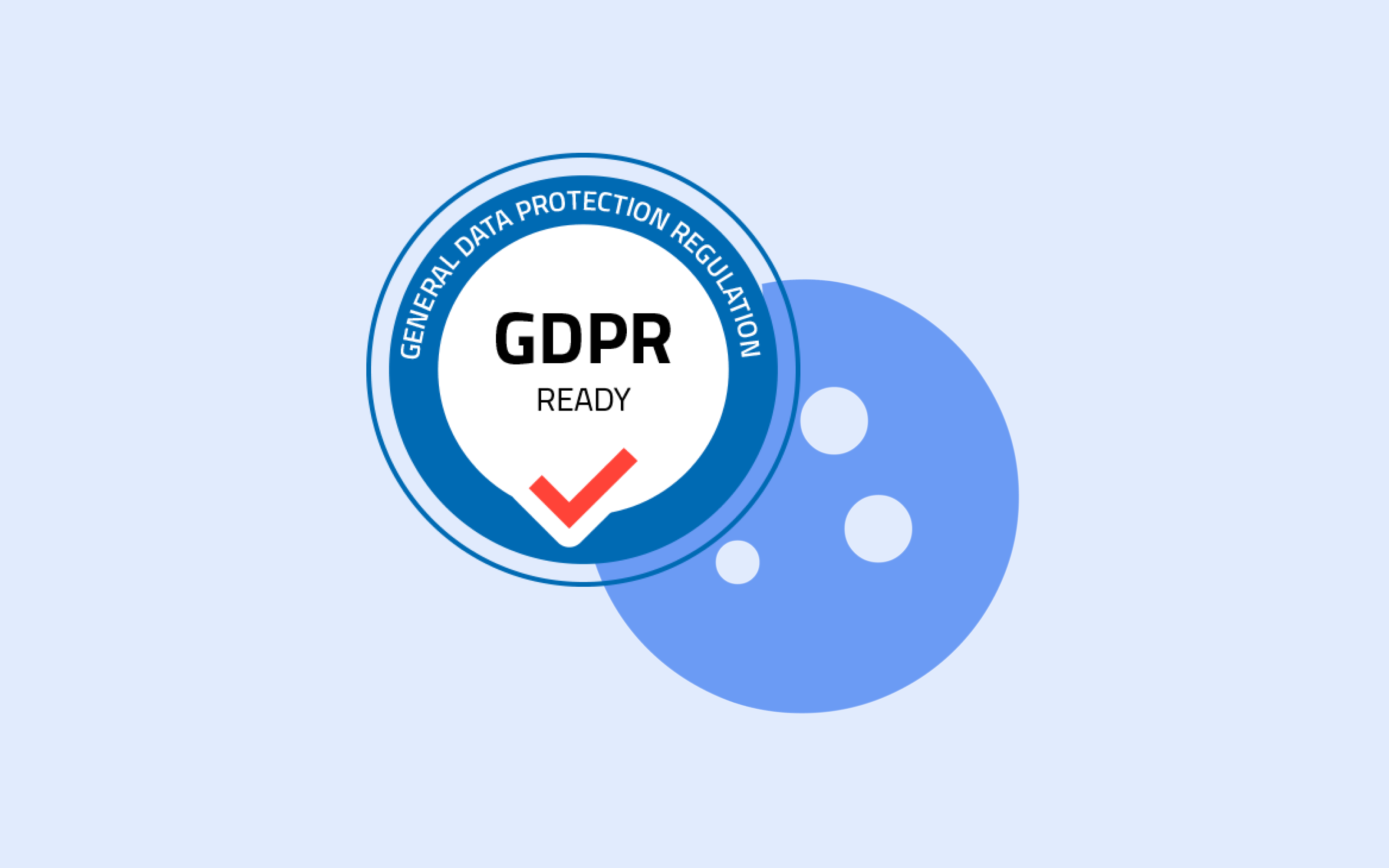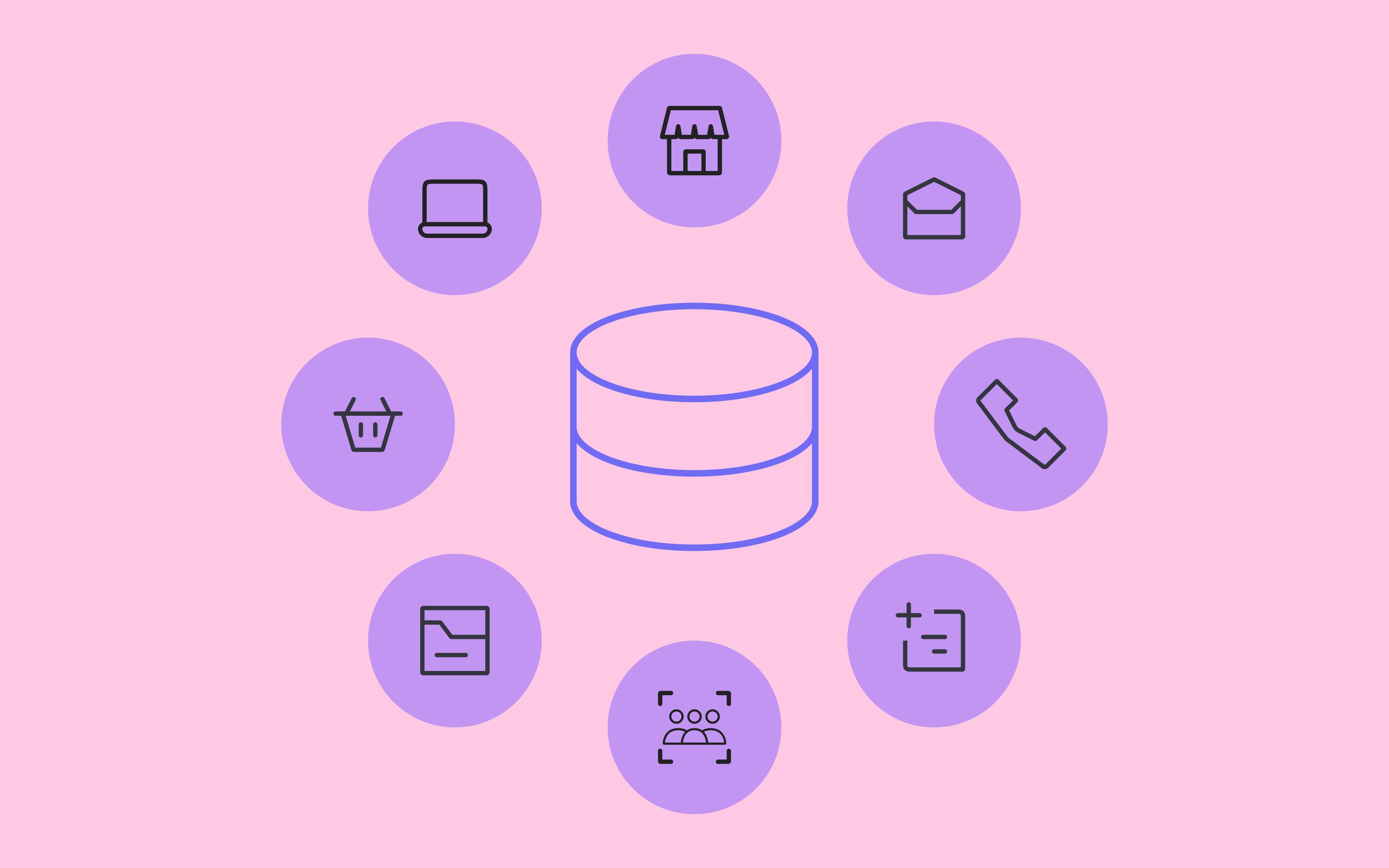
What is a Data Management Platform (DMP) ?
7min • Last updated on Feb 17, 2025

Alexandra Augusti
Chief of Staff
Today, the use of customer data to guide decisions, optimize operational efficiency, and accelerate revenue growth is essential for businesses. However, managing a large amount of data presents a real challenge.
Data Management Platforms (also known as DMP) are sometimes identified as a solution to address this challenge.
👉🏽 This article offers an in-depth exploration of the DMP world, examining how it works, the use cases it enables, as well as its advantages and limitations, while highlighting the key differences from a Customer Data Platform (CDP).
Definition of a DMP
A DMP, or Data Management Platform, is a central tool for companies looking to improve the efficiency of their marketing campaigns. A DMP allows the collection, centralization, and exploitation of information from various sources, such as web interactions, page visits, and even offline data integrating unique identifiers linked via cookies or registration forms.

Customer 360, centralising all customer data
This process refines targeting for advertising campaigns by creating user segments based on behaviors and preferences, thereby increasing the impact and relevance of communications across various channels, including social networks and DSPs (Demand-Side Platforms).
It helps to build a coherent marketing strategy across devices and platforms. It significantly increases the effectiveness of campaigns by enabling businesses to target their audiences more precisely and in a more relevant manner, which in turn enhances their overall relevance and efficiency.
How a Data Management Platform (DMP) Works
A Data Management Platform (DMP) operates through several key phases aimed at collecting, structuring, and using data to optimize targeting and the efficiency of marketing campaigns.
1. Data centralization in the DMP
Data centralization is the first critical step in the functioning of a DMP. It is achieved through the use of Software Development Kits (SDK) for third-party data, or via data imports through APIs or CSV files for proprietary data (first-party).
This approach consolidates information from various channels, such as web interactions, mobile apps, ad campaigns, and Customer Relationship Management (CRM) systems.
❗ It's important to note that a DMP focuses primarily on third-party data and uses anonymous identifiers.
2. Identity resolution
Next is identity resolution, a phase where the DMP associates multiple user identifiers, such as cookies and device IDs, to a unique user profile. This process aims to build consistent user profiles and eliminate duplicates, ensuring an accurate and unique representation of each user within the platform.

3. Audience management
Audience management involves segmenting the normalized data into categories based on common criteria, such as country, device type, or browsing preferences. These audience segments help create target groups, such as “Android users in the United States,” allowing for personalized marketing campaigns that are more effective.
4. Data enrichment
The data enrichment stage allows adding additional information to the existing data, such as phone numbers, city, or a person's age. This enrichment enhances the data's accuracy and increases the success rates on advertising platforms, making campaigns more targeted and more effective.
❗ Not all DMP providers offer this feature.
Integrations with advertising platforms
Finally, DMPs integrate with advertising platforms, such as Demand-Side Platforms (DSP) or Supply-Side Platforms (SSP). These integrations enable real-time activation of the audience segments created in the DMP, ensuring precise and effective execution of advertising campaigns directed at the targeted users across multiple platforms and websites.
Practical use cases of a DMP
The Data Management Platform (DMP) is essential for enhancing companies' marketing strategies and advertising campaigns. Let's explore the main practical applications of a DMP:
Unique user identification
One of the fundamental uses of a DMP is its ability to link different user identifiers – such as cookies and mobile IDs – to a single profile. This feature removes duplicates and ensures a unique and accurate representation of each user within the platform, playing a crucial role in optimizing marketing actions.
Cross-device targeting
With this unified identification, the DMP facilitates precise targeting across the various devices used by users (cross-device targeting). This approach ensures continuity and relevance of marketing messages, regardless of the devices/channels employed by the targets, thereby optimizing campaign impact.
Customer experience orchestration
By centralizing and analyzing data from various touchpoints (web navigation, site interactions, purchases, etc.), the DMP equips businesses with a powerful tool to orchestrate the user experience seamlessly. It helps to understand consumer behavior to offer increased personalization, identifying the key moments in the customer journey that are likely to maximize engagement and conversion. It enables the creation of an omnichannel journey, ensuring marketing consistency across all levers.
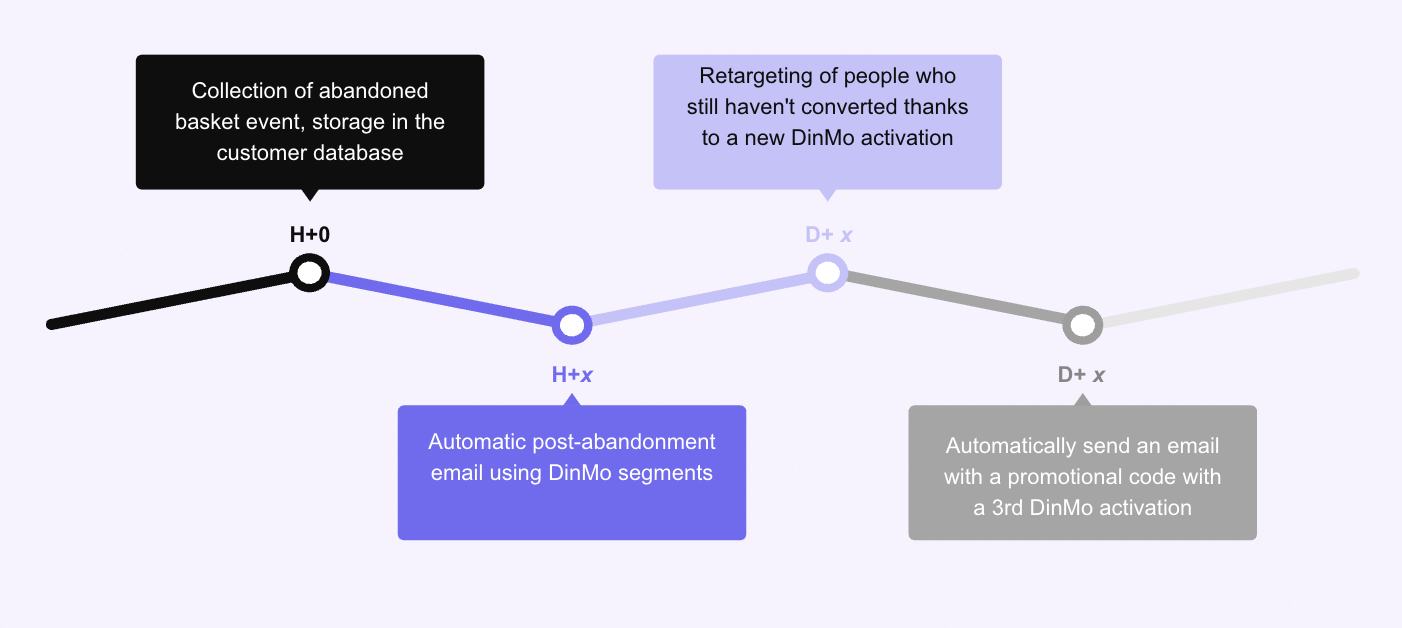
Illustration - Multicanal reactivation after cart abandonment
Audience Monetization
Particularly relevant for large advertisers, the DMP allows the monetization of anonymous audience data to third parties. For example, Amazon can sell its transaction data to a merchant who wants to target people interested in a specific product category.
Pros and Cons of DMPs
Advantages of using a DMP
DMPs offer a multitude of advantages for companies looking to refine their marketing strategies and improve the precision of their advertising campaigns.
Better targeting
A DMP enables precise targeting by collecting and analyzing data from various sources. This includes browsing data, site interactions, and demographic information, facilitating the creation of targeted audience segments and the personalization of marketing messages.
Improved personalization
By centralizing and analyzing data, a DMP allows businesses to personalize the user experience. Companies can deliver the right message at the right time to clients and prospects, significantly improving engagement and conversion rates.
Integration with DSPs
DMPs can be integrated with DSP platforms (Demand-Side Platforms) to activate real-time data. This integration facilitates precise targeting and immediate user engagement, thereby increasing the effectiveness of marketing and advertising campaigns.
Disadvantages of a DMP
Despite their many advantages, DMPs also come with several disadvantages that should be considered.
Complex implementation
Implementing a DMP can be complex, often requiring significant technical resources and financial investment. The configuration and integration with other systems can be difficult and time-consuming. Additionally, integrating first-party data is not immediate and requires either manual imports (via CSV) or the deployment and maintenance of custom APIs.
High costs
DMPs are often expensive solutions, making them inaccessible to many small and medium-sized businesses. The setup and maintenance costs can be prohibitive.
External data storage
The data collected by a DMP is often stored outside the company, which can raise concerns about security and compliance, especially regarding data protection regulations.
Limited integrations
DMPs are primarily designed to integrate with advertising solutions and may not be as flexible for integrations with other systems, such as Customer Relationship Management (CRM) systems or marketing automation platforms.
CDPs as a solution to DMP limitations
In light of the limitations of Data Management Platforms (DMP), particularly in terms of handling first-party data in a world where third-party data is losing value, Customer Data Platforms (CDP) present a more flexible and effective alternative to DMPs.
In short:
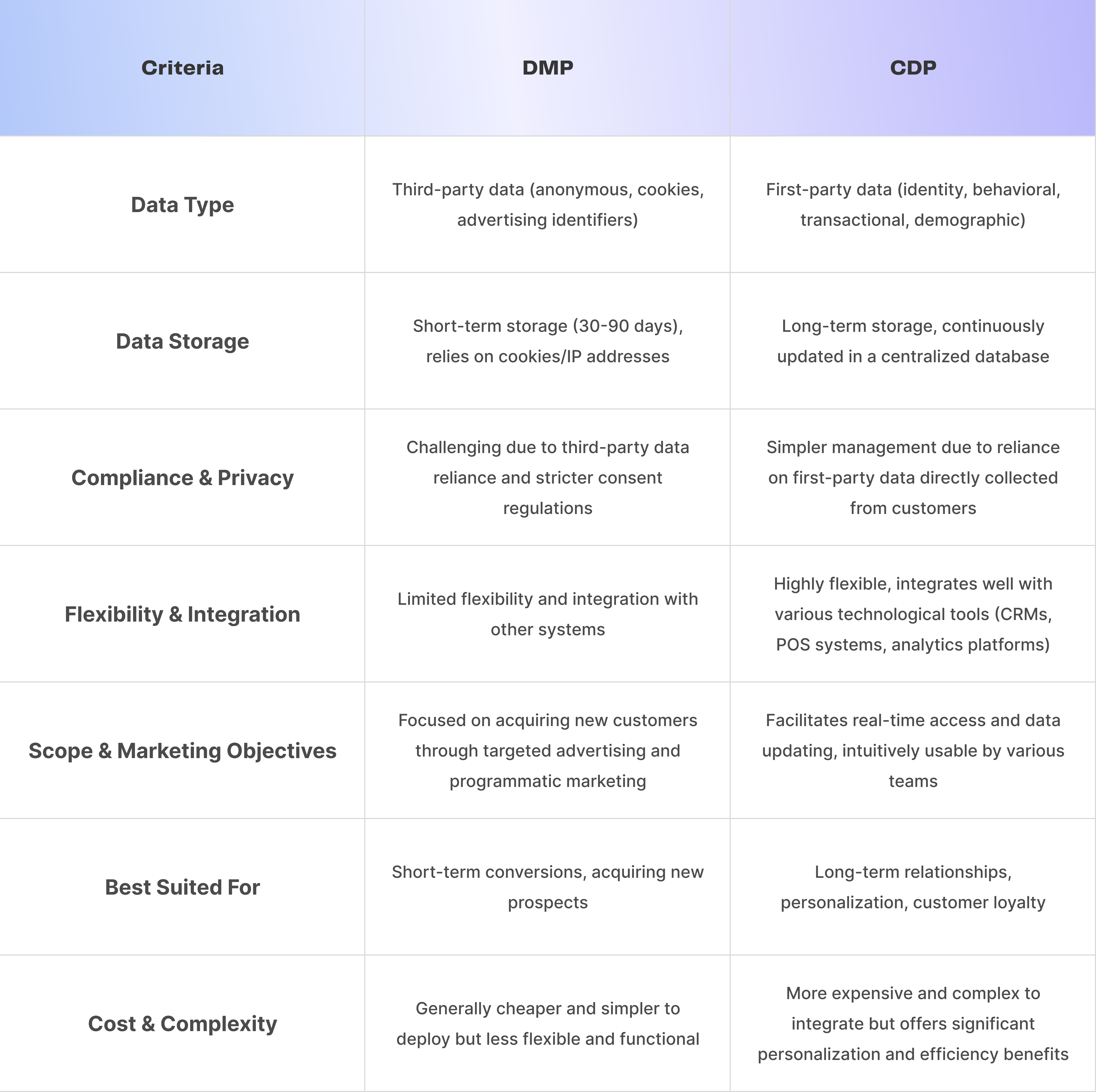
DMP vs CDP: what's the difference?
👉🏽 If you want to good further, just check the rest of the article!
Fine management of first-party data
Standing in stark contrast to DMPs, CDPs rely on first-party data, collected directly from consumers. Unlike DMPs that work with anonymous third-party data, CDPs use personally identifiable information to create detailed user profiles. This enables highly accurate personalization and a deeper understanding of the customer journey, crucial for the success of targeted marketing campaigns.
Broad integration and high adaptability
CDPs outperform DMPs in terms of integration and flexibility. They can assimilate data from various sources – CRM systems, web analytics, point of sale, among others – to generate a complete view of the customer. This cross-functional integration capability allows brands to refine their understanding of customers and personalize interactions across all platforms.
The CDP also allows data to be sent to a variety of business tools: advertising platforms, DSPs, as well as CRM systems, support tools, marketing automation platforms, etc.
Strict compliance with data protection standards
Unlike DMPs, CDPs place great emphasis on strict adherence to data protection regulations like GDPR and CCPA, carefully handling personal data. This ensures data is managed in a safe and legally compliant manner, which is essential for first-party data.
Composable CDPs for Agile Implementation
A notable innovation among CDPs is the emergence of composable solutions. These modular CDPs differ from traditional versions by their ease and speed of installation, allowing businesses to integrate the features they need, optimizing costs and deployment time. This adaptable nature makes composable CDPs a preferred choice for companies aiming for an efficient improvement in customer data management.
Due to their ability to offer precise management and personalized handling of customer data, seamless integration with different systems, full compliance with data protection regulations, and quick deployment thanks to composable configurations, CDPs prove to be a robust alternative to DMPs.
This is all the more the case in in a context where third-party cookies are being phased out. CDPs emerge as essential tools for privacy-conscious and effectively targeted marketing strategies.
Conclusion
In summary, Data Management Platforms (DMPs) and Customer Data Platforms (CDPs) are essential tools for refining targeting and enhancing the effectiveness of marketing campaigns. While DMPs are known for their ability to centralize data and scale marketing initiatives, they face challenges such as complexity in deployment and significant financial investments.
On the other hand, Composable CDP solutions like DinMo stand out for their agility, ease of integration, and user-friendly approach to privacy.
💡 To explore how DinMo could revolutionize your data and marketing strategy, we invite you to connect with our team for a free trial.


















